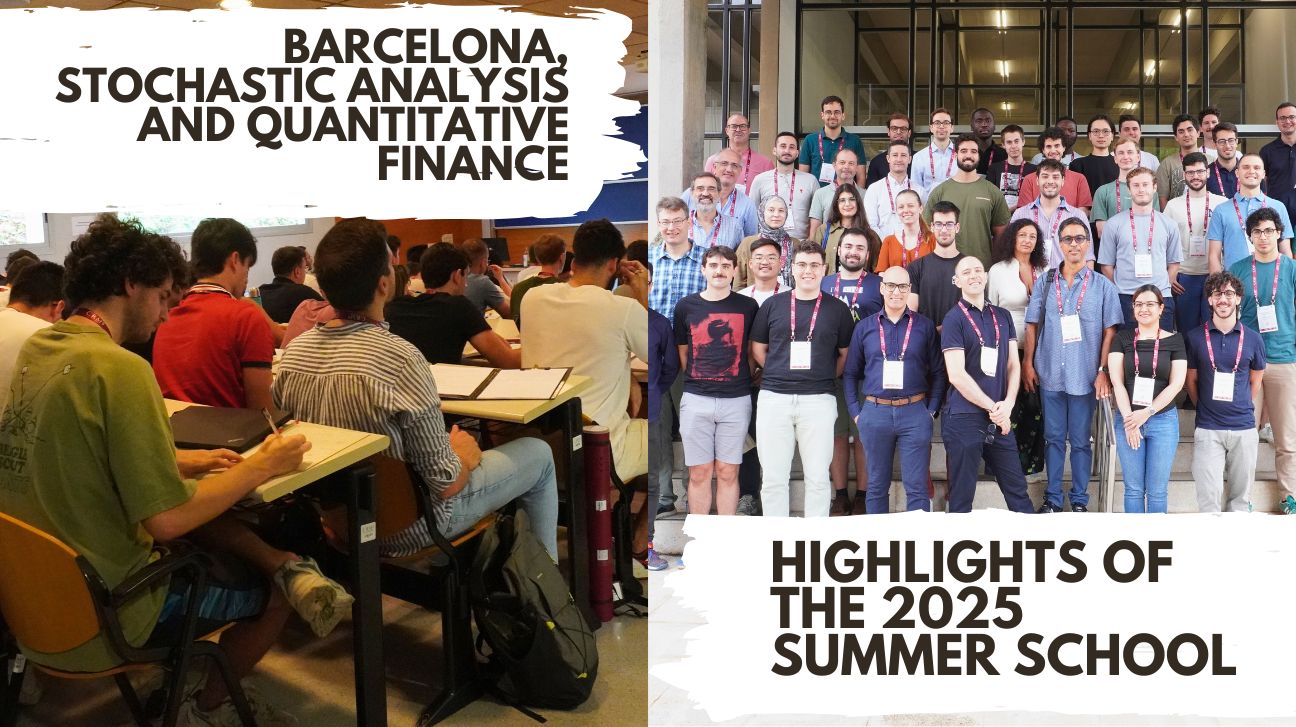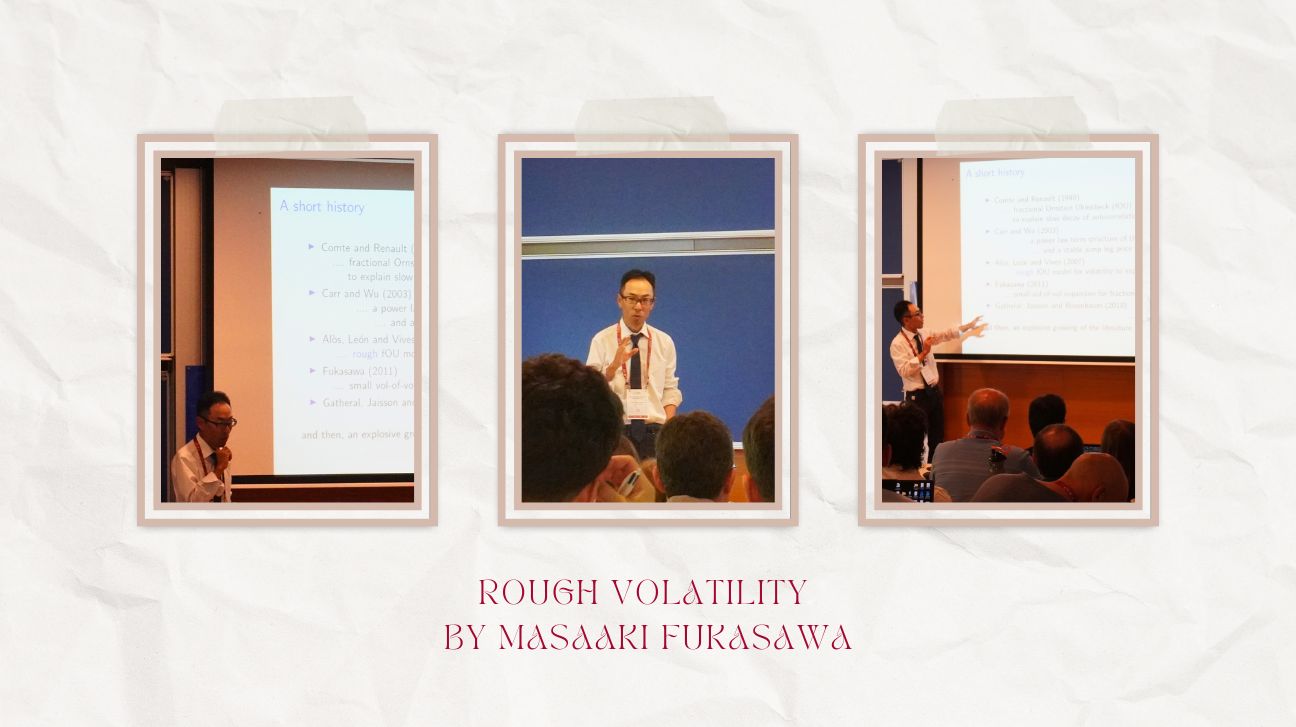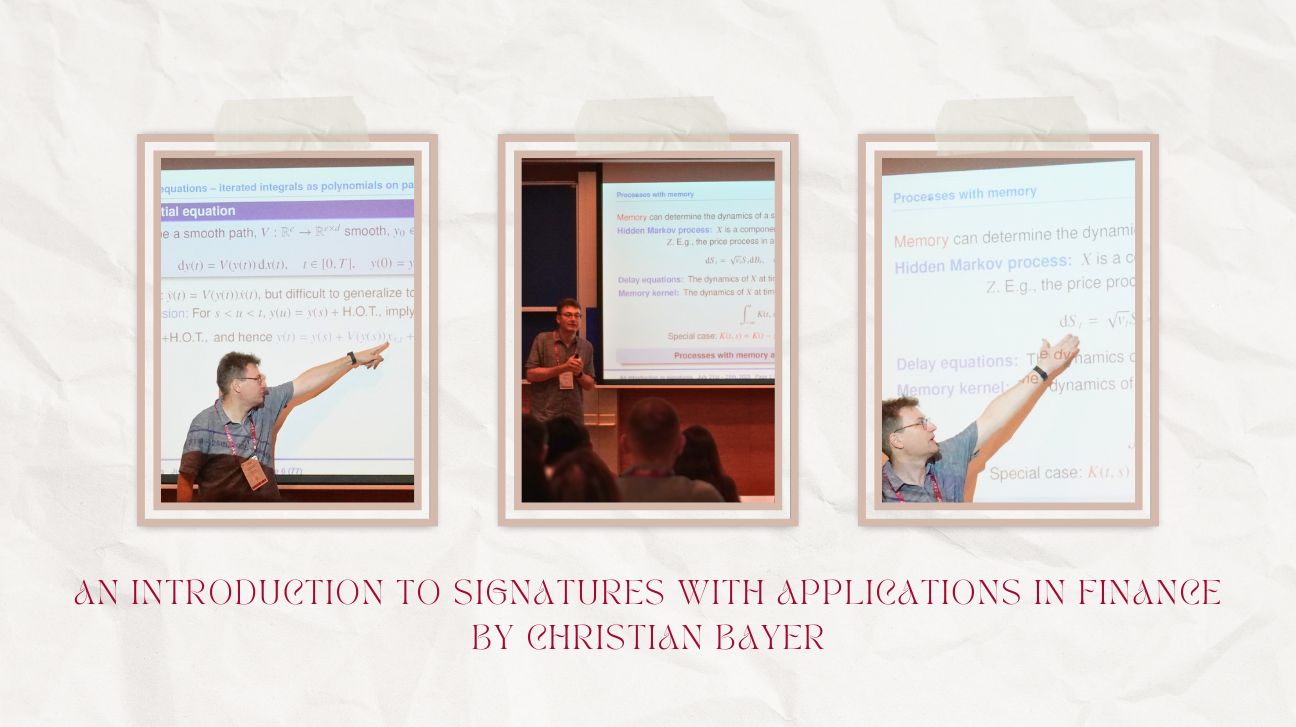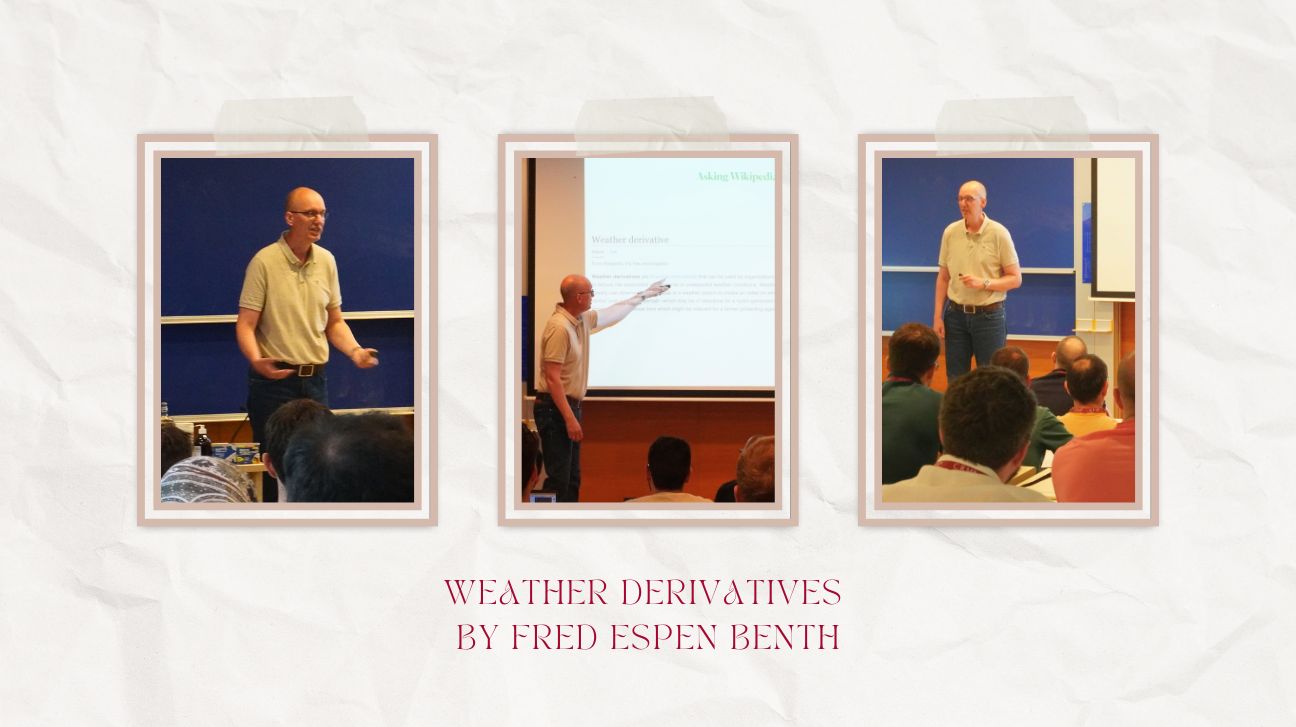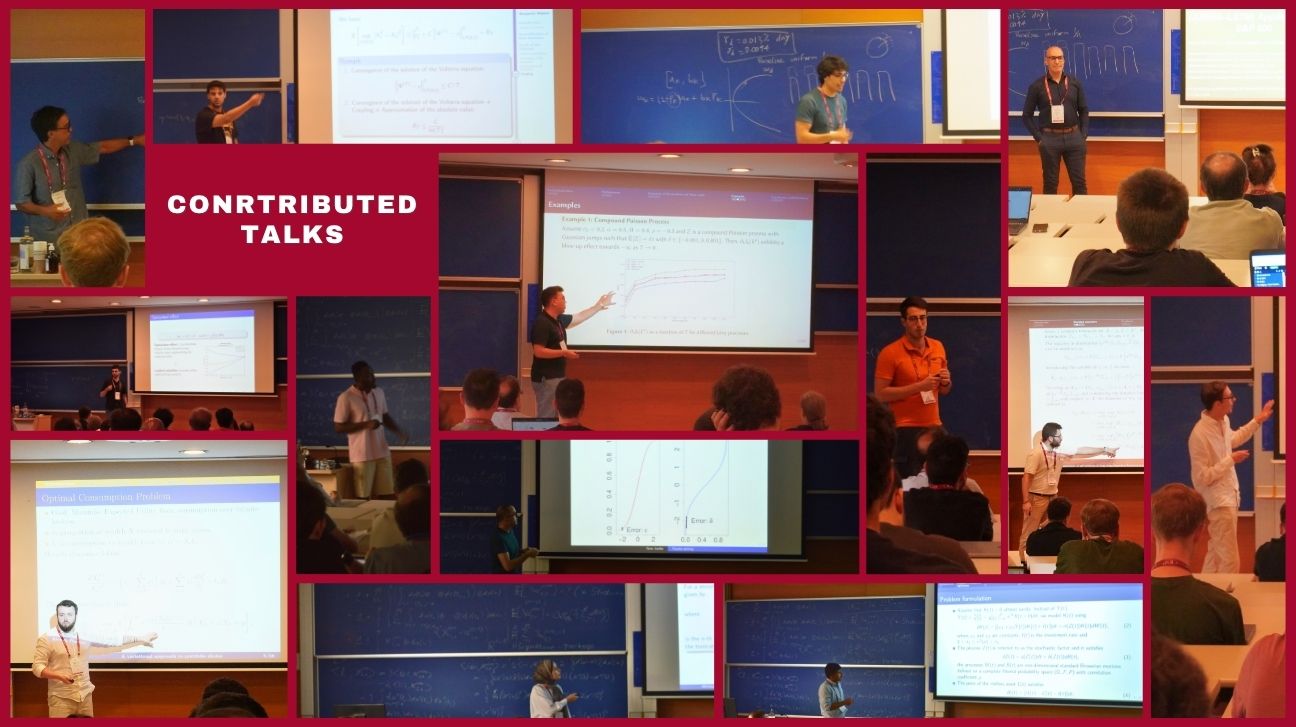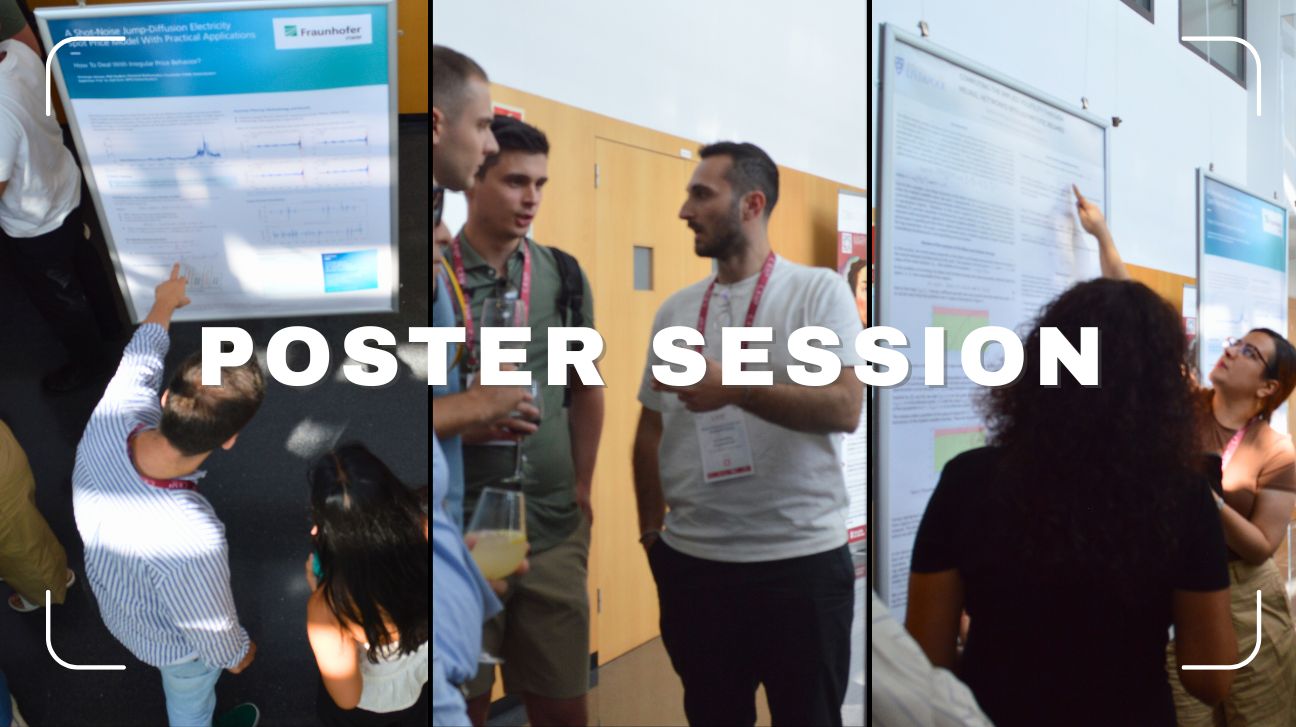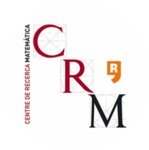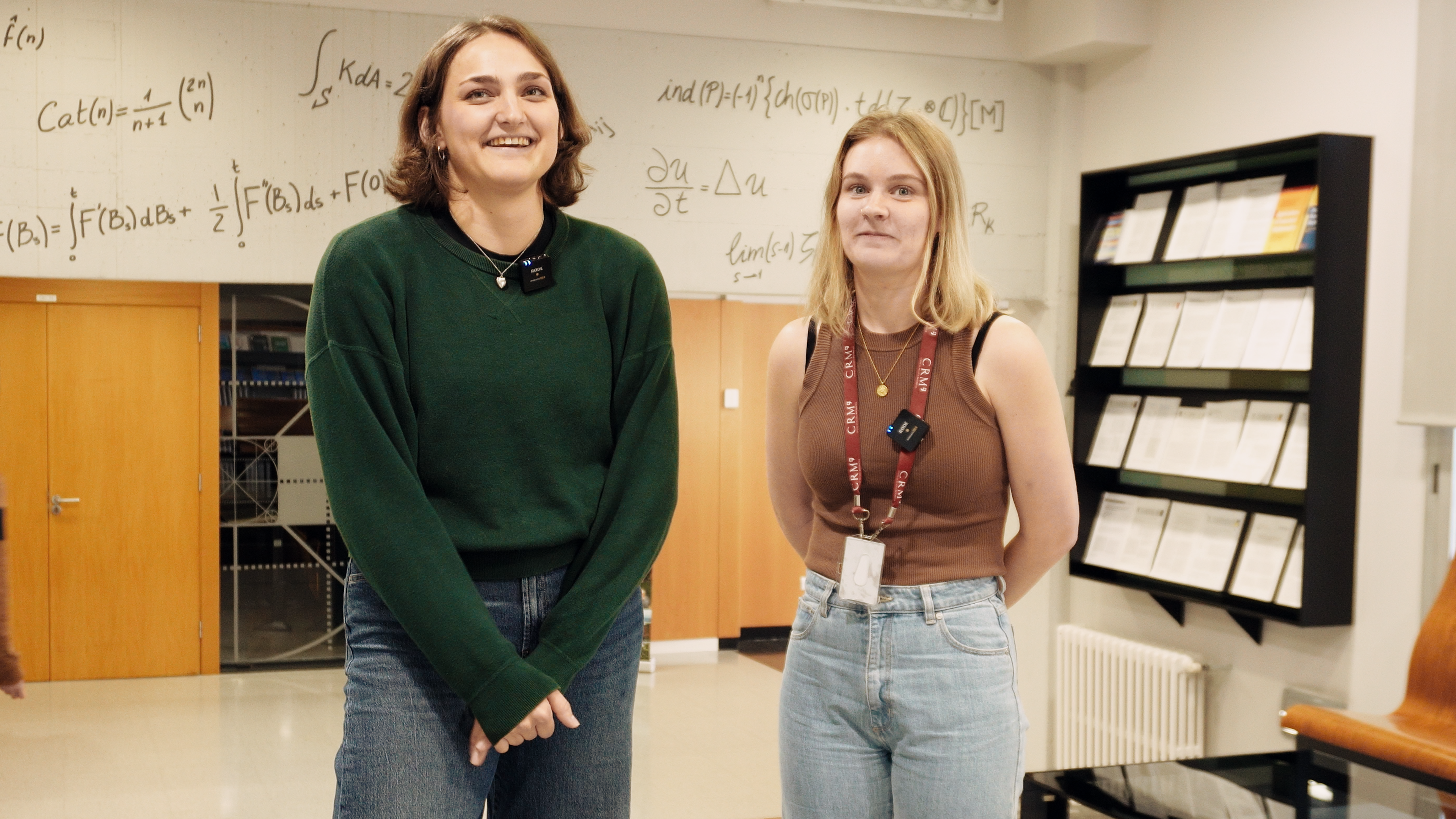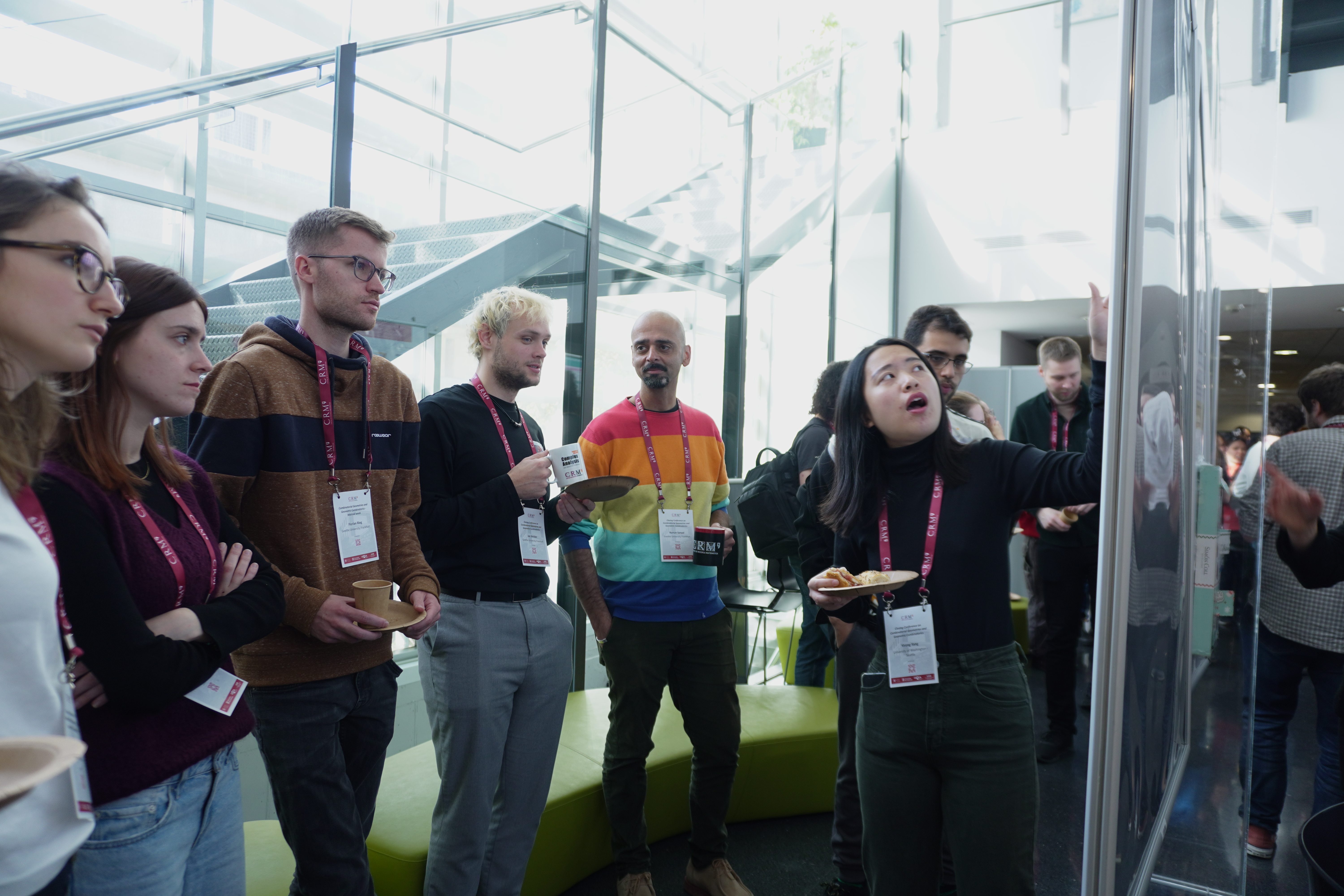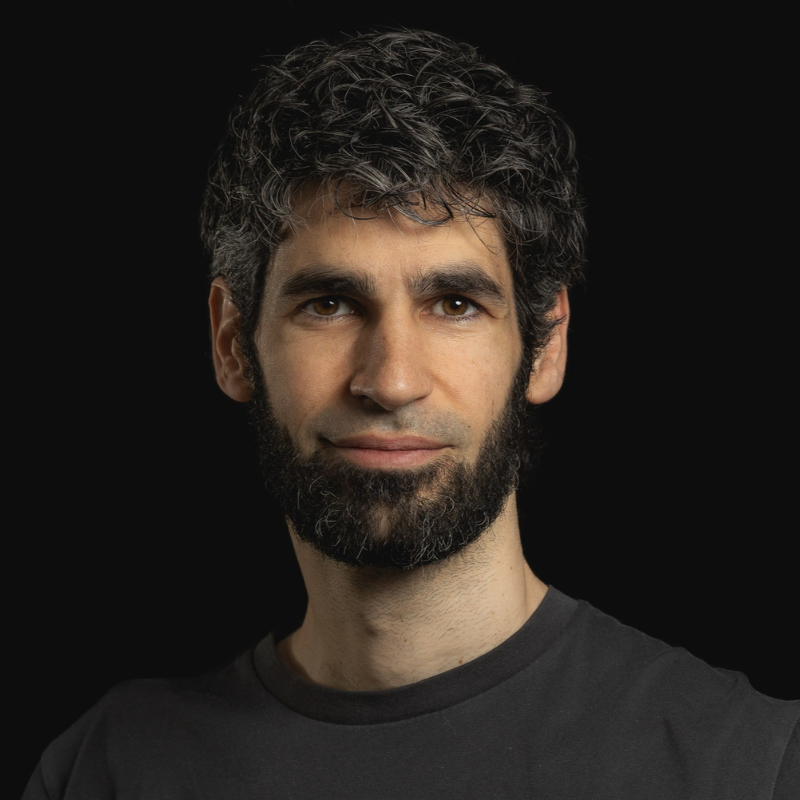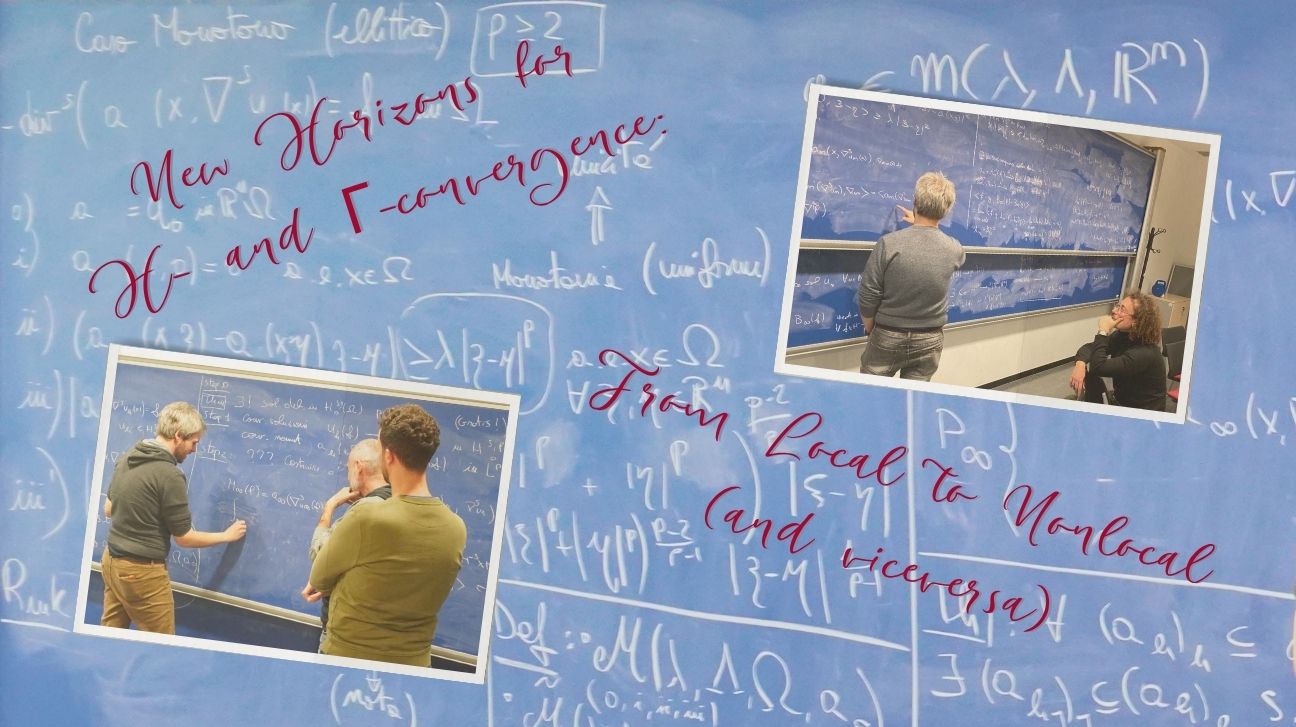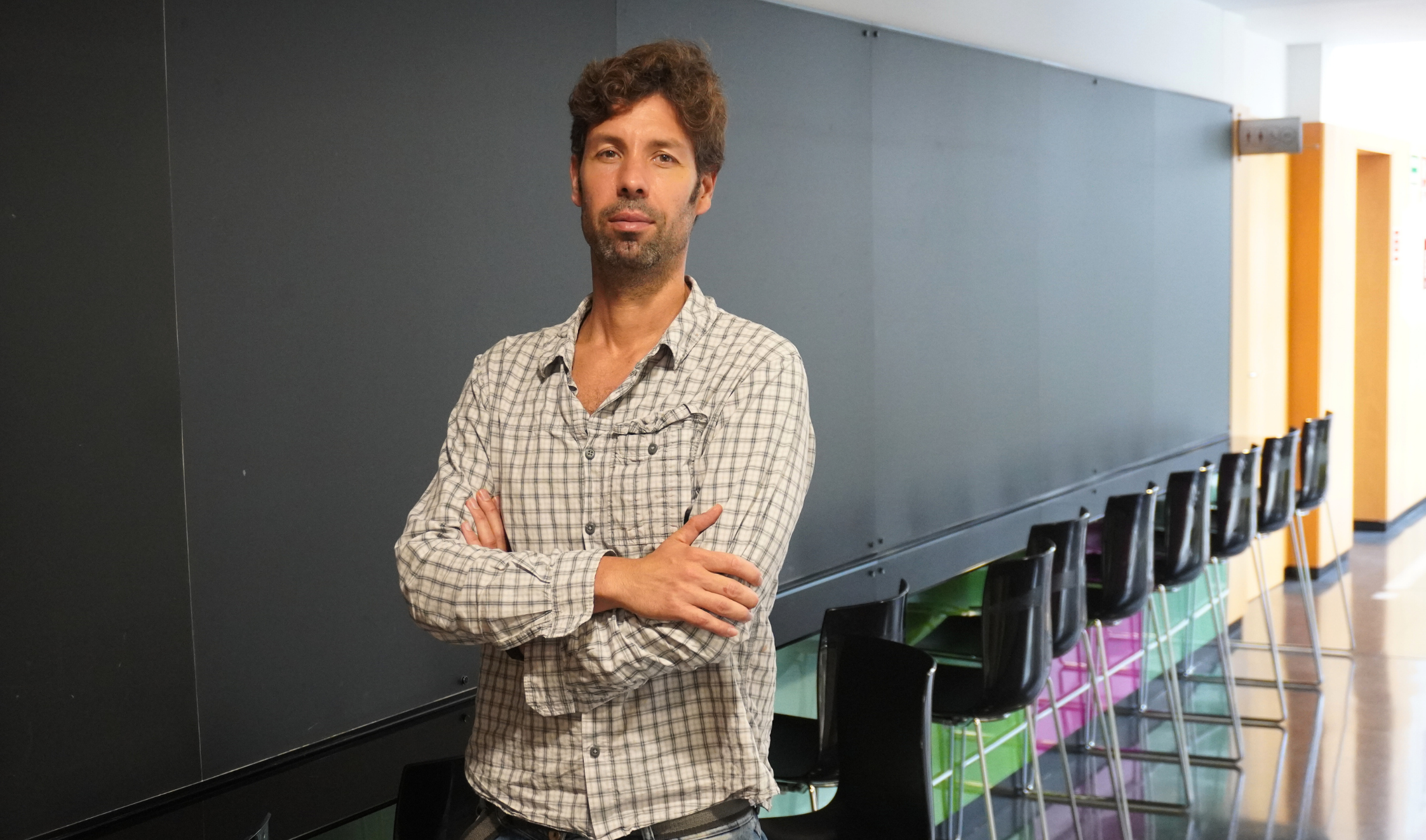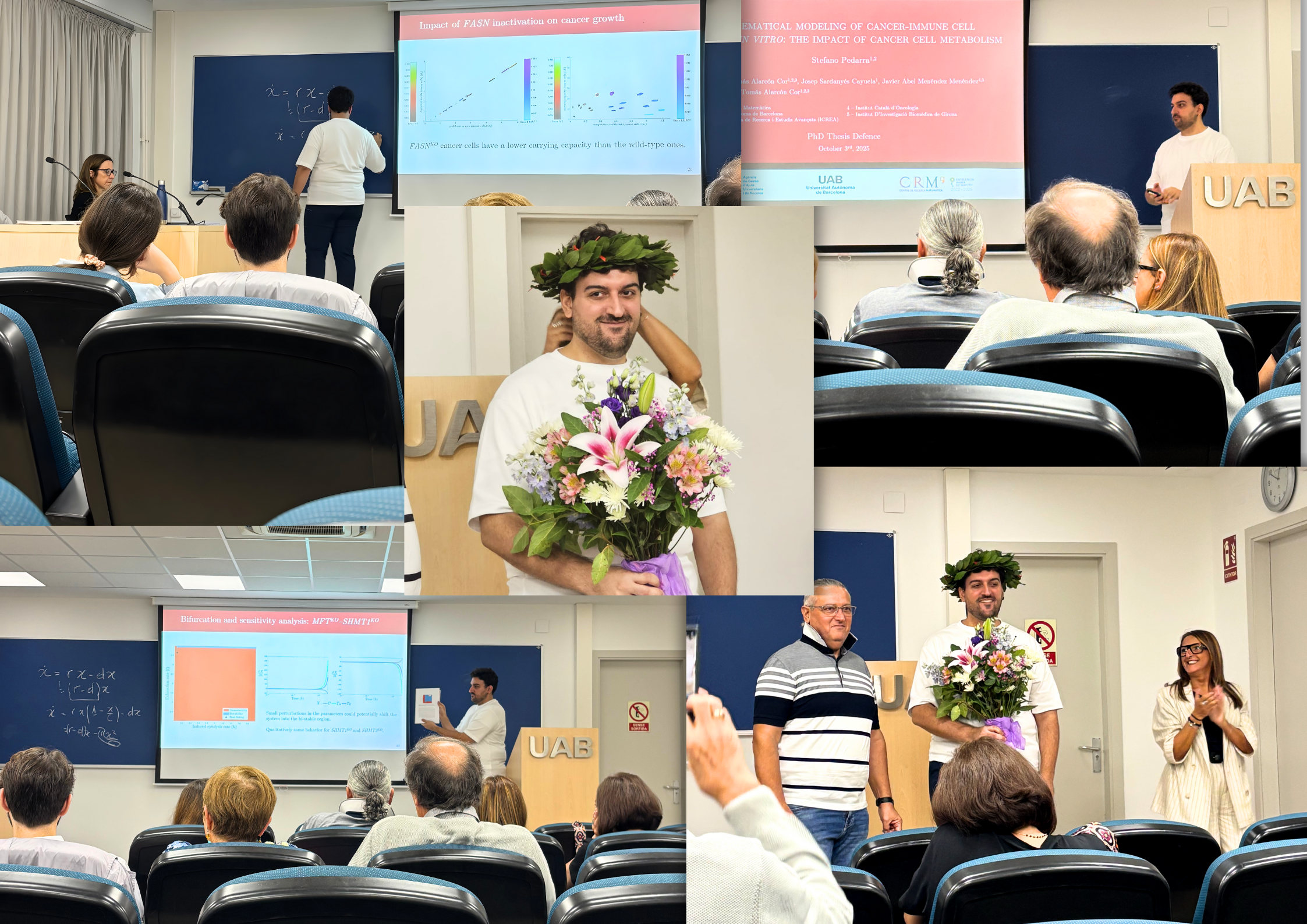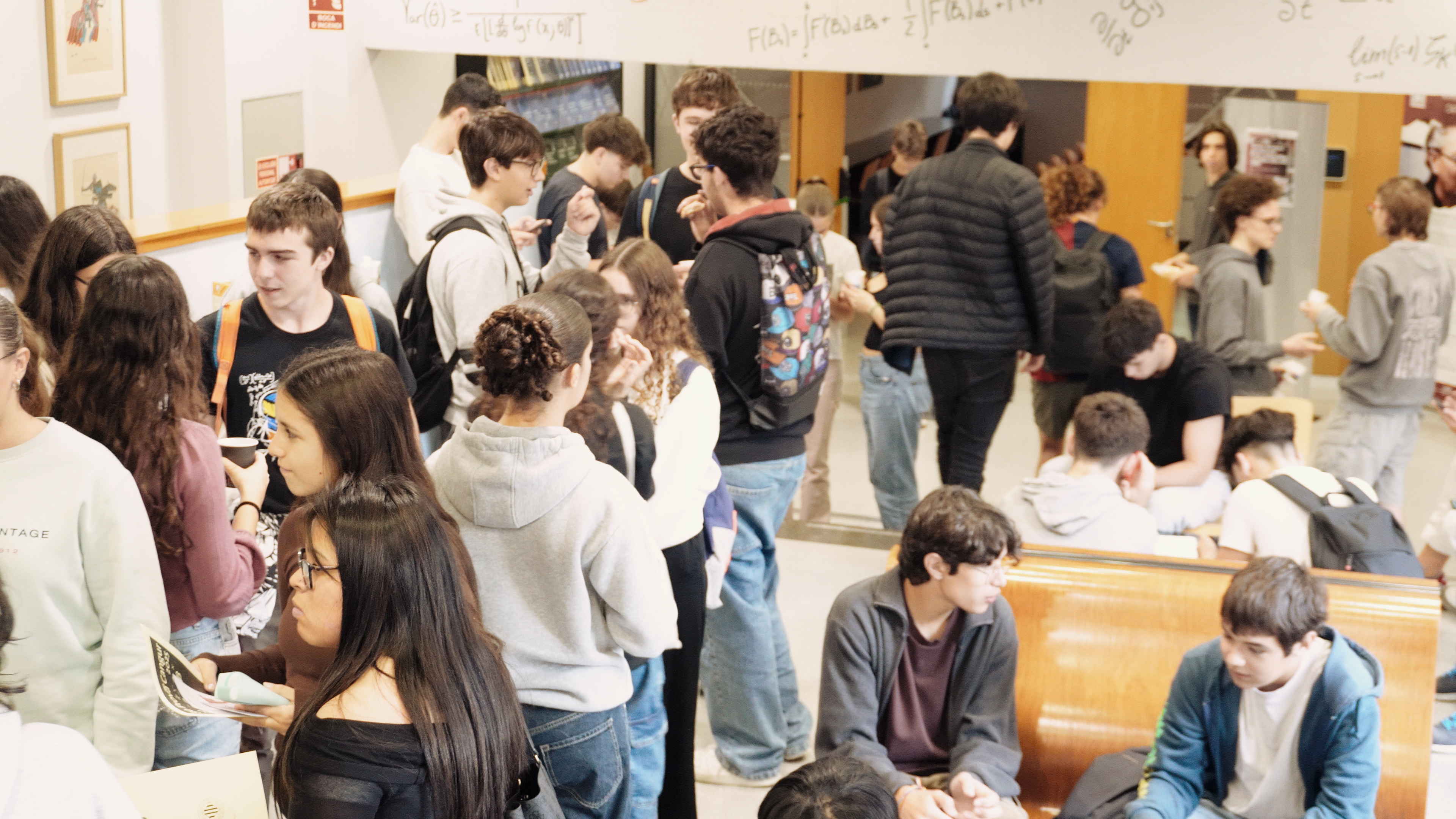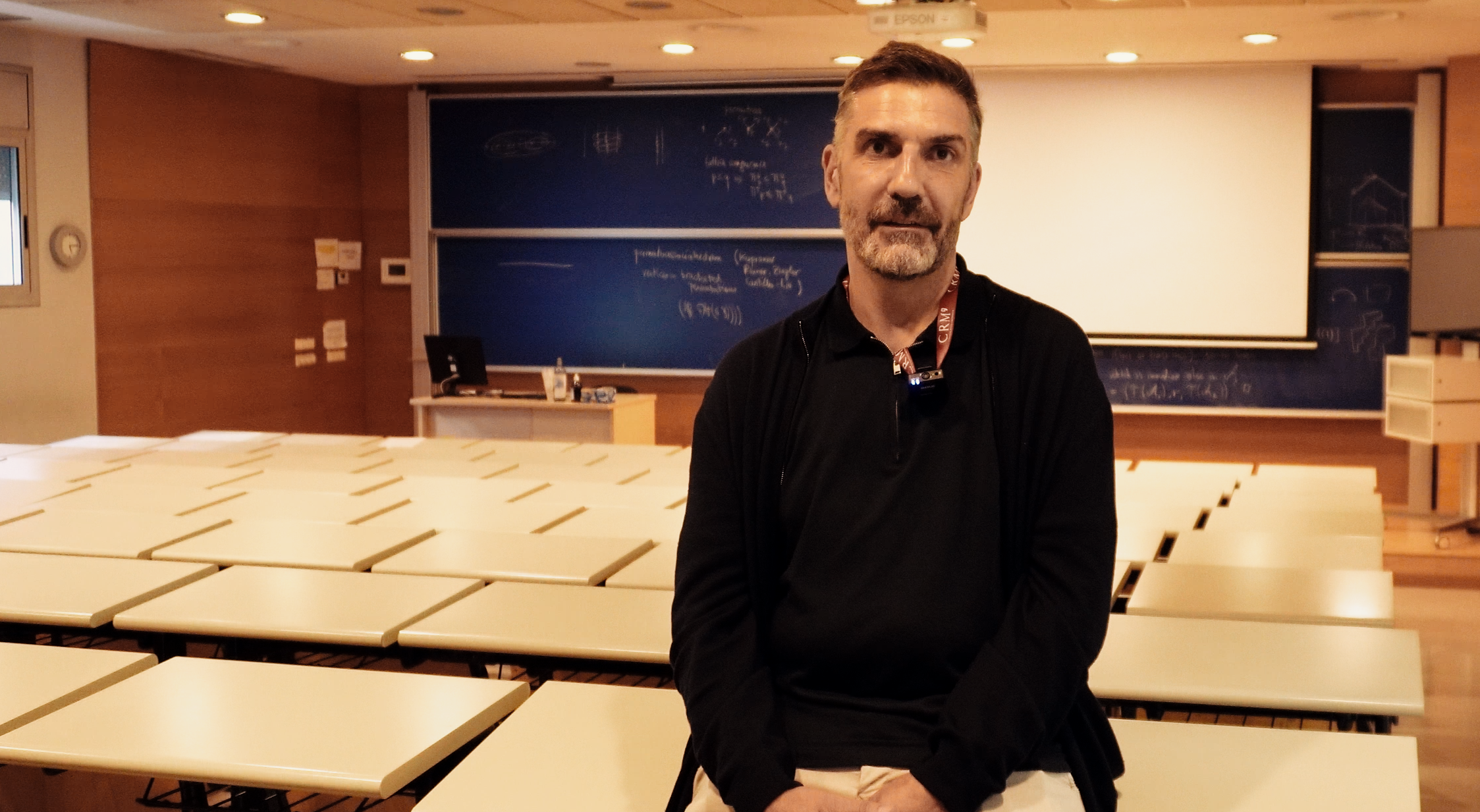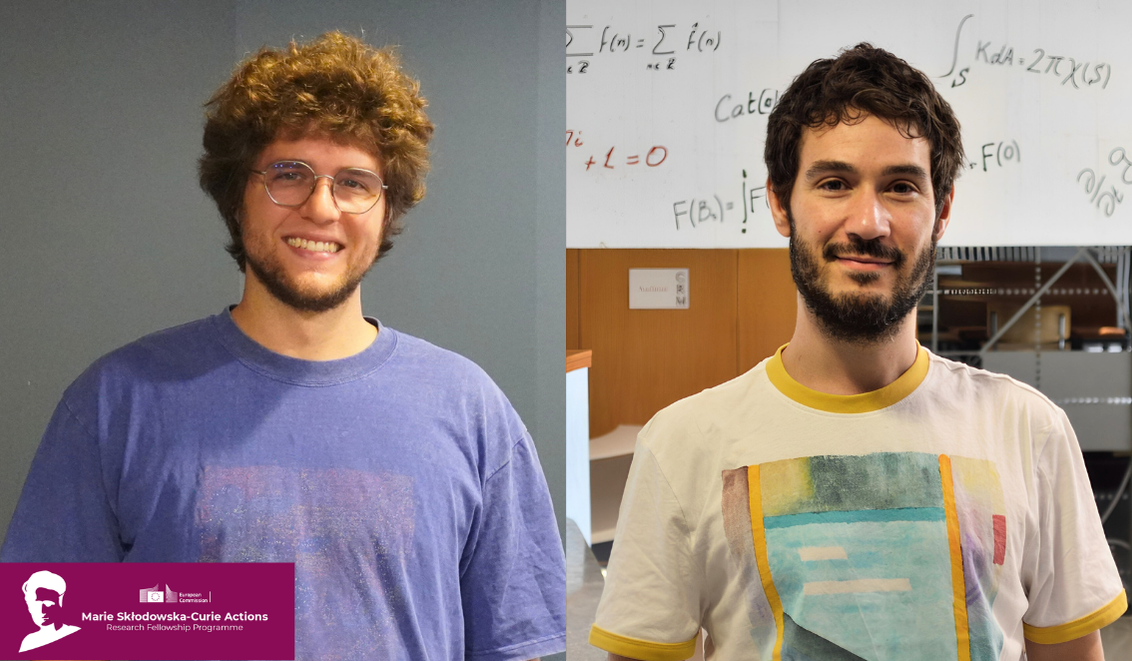The 5th edition of the Barcelona Summer School on Stochastic Analysis and Quantitative Finance took place from July 21 to 25, 2025, at the Centre de Recerca Matemàtica (CRM), marking the revival of an academic tradition interrupted by the pandemic. The program offered advanced training in cutting-edge topics such as rough volatility, path signatures, and weather derivatives, featuring international experts and a strong presence of early-career researchers.
The 5th Barcelona Summer School on Stochastic Analysis and Quantitative Finance marked an important milestone in the revival of a valued academic tradition. After a hiatus caused by the pandemic, this edition sought to re-establish the series of summer schools previously held at the Centre de Recerca Matemàtica (CRM) between 2012 and 2018. Its main objective was to provide advanced training in cutting-edge topics in stochastic analysis and quantitative finance, delivered by internationally renowned experts. The school was aimed at PhD students, postdoctoral researchers, and academics, fostering both local and international collaboration while reinforcing Catalonia’s position as a leading center for mathematical research.
The academic core of the summer school consisted of three advanced courses, each offering a deep dive into a key area of contemporary research in stochastic analysis and quantitative finance. The lectures were designed not only to present theoretical developments, but also to build intuition and connect with practical applications.
- Rough Volatility by Masaaki Fukasawa (Osaka University)
Professor Fukasawa is a highly respected figure in the field of mathematical finance, known for his influential work on skewness, volatility estimation, and stochastic integration. His research has contributed significantly to the understanding of implied volatility surfaces and their asymptotic behavior, particularly in the context of rough volatility. He is also a key member of the Sekine–Fukasawa–Yano research group at Osaka University.
In his course, he emphasized intuitive understanding through simple computations and highlighted connections with classical models. Fukasawa also offered a conceptual and accessible introduction to rough volatility modeling, focusing on three key perspectives: historical volatility dynamics, the term structure of implied volatility, and market microstructure.
- An Introduction to Signatures with Applications in Finance by Christian Bayer (Weierstrass Institute)
Professor Bayer is a leading researcher in stochastic numerics and quantitative finance. His work on rough volatility, stochastic control, and the application of rough path theory to machine learning has positioned him at the forefront of modern financial mathematics.
The course introduced the theory of path signatures, a powerful tool for encoding time series data. Bayer explained how signatures can be used to encode time series and serve as approximators for functions on path space, and he explored their applications in machine learning and numerical methods for stochastic control. The course was particularly relevant for problems involving non-Markovian dynamics, such as those arising in rough volatility models.
- Weather Derivatives by Fred Espen Benth (University of Oslo)
Professor Benth is a prominent figure in the intersection of stochastic analysis, energy markets, and climate-related financial modeling. He has significantly contributed to the understanding of weather risk and its financial implications.
His course focused on weather derivatives—financial instruments linked to temperature, wind, and solar irradiation. After introducing the concept of weather risk and its role in renewable energy markets, Benth presented stochastic models suitable for describing weather dynamics, with particular emphasis on continuous-time autoregressive processes. The course also addressed pricing techniques for weather futures, including temperature-dependent pricing measures, and concluded with a discussion on hedging strategies and basis risk in standardized contracts.
In addition to the three main courses, the summer school featured a program of contributed talks and a poster session, further enriching the academic exchange and showcasing the breadth of current research in the field. Participants from institutions across Europe and beyond presented their work on topics ranging from rough volatility and fractional processes to portfolio optimization and climate-related financial modeling. Highlights included:
- Daniele Angelini (Sapienza University of Rome) – Kolmogorov–Smirnov estimation of self-similarity in long-range dependent fractional processes
- Argimiro Arratia (Universitat Politècnica de Catalunya) – Portfolio risk and diversification strategies
- Martin Bergerhausen (University of Mannheim) – Mean-field stochastic Volterra equations: Results on the existence of weak solutions
- Òscar Burés (Universitat de Barcelona) – Short-time behavior of the At-The-Money implied volatility for the jump-diffusion stochastic volatility Bachelier model
- Mihriban Ceylan (University of Mannheim) – Global approximation theorem for signatures on the Wiener space
- Ranieri Dugo (University of Rome Tor Vergata) – Multivariate Rough Volatility
- Héctor Folgar (Universidade da Coruña and CITIC) – Pricing with rough Bergomi model in commodity markets
- Emmanuel Gnabeyeu (Sorbonne Université and Université Paris Cité) – On a Weak Stationarity Theory for FSVIEs: Finite-Time and Asymptotic Analysis, Application to Stabilized Volatility models
- Azmat Hussain (University of Central Asia) – Optimal Investment and Consumption for Assets with stochastic Volatility and Infinite Delay
- Ruben Jimenez (Universitat de Barcelona) – Fractional signature: a generalisation of the signature inspired by fractional calculus
- Gero Junike (Carl von Ossietzky Universität) – Fourier pricing techniques
- Emmet Lawless (Dublin City University) – A variational approach to portfolio choice
- Benjamin Massat (Université de Toulouse) – Quantification of limit theorem for nearly unstable Hawkes processes
- Ahmed Wafi (LMU München and Cairo University) – Hybrid econometric–ML models for return prediction under climate policy uncertainty
- Giacomo Zarfati (Sapienza Università di Roma) – Optimal Allocation With Weather Risk
The poster session enhanced the diversity of research showcased, with presentations on neural network approaches to implied volatility, Hawkes processes in energy markets, and jump-diffusion models for electricity pricing. Notable contributions included:
- Samira Amiriyan (University of Liverpool) – Neural networks and asymptotic regimes
- Konstantinos Chatziandreou (University of Amsterdam) – Execution strategies in short-term energy markets
- Christoph Gärtner (RPTU Kaiserslautern) – Shot-noise jump-diffusion models for electricity spot prices
These sessions provided an excellent platform for early-career researchers to engage with peers and senior academics, fostering collaboration and constructive feedback in a supportive environment.
The 5th edition of the Barcelona Summer School successfully rekindled a tradition of academic excellence and international collaboration. With high-level courses, dynamic discussions, and a strong sense of community, the event reaffirmed the importance of in-person scientific exchange. It also strengthened the international visibility of Catalan research in mathematics, setting a promising precedent for future events. The CRM looks forward to building on this renewed momentum in upcoming editions.
|
|
CRM CommNatalia Vallina
|
BAMB! 2025: Participants Return to the CRM for Research Stays
In October 2025, the Centre de Recerca Matemàtica hosted Josefine Meyer (ISTA) and Cate MacColl (University of Queensland) for a month-long research stay following their participation in the BAMB! Summer School. Despite studying vastly different subjects, from...
Connecting Shapes, Patterns, and Ideas: the Closing Conference on Combinatorial Geometries and Geometric Combinatorics
During five days, the CRM hosted the Closing Conference of the MDM Focused Research Programme on Combinatorial Geometries & Geometric Combinatorics. The event featured plenary talks, contributed sessions, and posters on topics from matroids and polytopes to...
Xavier Ros-Oton among the 65 most cited mathematicians in the world
ICREA professor at the Universitat de Barcelona and CRM affiliated researcher Xavier Ros-Oton appears on Clarivate's Highly Cited Researchers 2025 list, which this year reinstates the mathematics category after two years of exclusion.Citations are a strange way to...
New Horizons for H- and Γ-convergence: From Local to Nonlocal (and viceversa)
The researchers Maicol Caponi, Alessandro Carbotti, and Alberto Maione extended the H- and Γ-convergence theories to the setting of nonlocal linear operators and their corresponding energies. The authors were able to overcome the limitations of classical localization...
Diego Vidaurre joins the CRM through the ATRAE talent programme
Diego Vidaurre has joined the Centre de Recerca Matemàtica through the ATRAE programme, bringing his expertise in modelling spontaneous brain activity across multiple data modalities. His work focuses on understanding how the brain’s intrinsic dynamics shape...
El CRM a la Setmana de la Ciència: una ruta entre dones, formes i pensament
El CRM va participar en la 30a edició de la Setmana de la Ciència amb una ruta guiada que va combinar les biografies de dones matemàtiques amb obres d'art del centre, connectant ciència, història i creació artística.El 12 de novembre, el Centre de Recerca Matemàtica...
Stefano Pedarra Defends his PhD Thesis on the Interaction between Tumour Cells and the Immune System
Stefano Pedarra has completed his PhD at the Centre de Recerca Matemàtica with a thesis exploring how tumour-cell metabolism shapes the immune system’s ability to fight cancer. His work brought mathematics and biology into direct conversation, from building models to...
Els estudiants participants a la prova de preselecció de Bojos per les Matemàtiques visiten el CRM
La prova de preselecció de Bojos per les Matemàtiques va reunir estudiants de tot Catalunya a la UAB i al CRM, amb presentacions a càrrec de Montse Alsina, presidenta de la Societat Catalana de Matemàtiques, Núria Fagella, degana de la Facultat de Matemàtiques i...
Jordi Mompart highlights the role of artificial intelligence in sport at the XIII GEFENOL-DIFENSC Summer School
The XIII GEFENOL-DIFENSC Summer School gathered over thirty researchers from across Europe to explore how statistical physics helps explain complex phenomena in biology, ecology, networks, and social systems. In his closing lecture, Jordi Mompart (UAB) examined how...
Critical Slowing Down in Genetic Systems: The Impact of Bifurcation Proximity and Noise
An international collaboration including researchers from the Centre de Recerca Matemàtica (CRM) has shown that when several bifurcations occur close to one another, their interaction can dramatically amplify critical slowing down effect - the progressive slowdown of...
Two CRM researchers begin their Marie Skłodowska-Curie fellowships
Gustavo Ferreira and Tássio Naia, CRM postdoctoral researchers and new Marie Skłodowska-Curie fellows. Gustavo Ferreira and Tássio Naia, who joined the CRM in 2023 through the María de Maeztu programme, have started their Marie Skłodowska-Curie postdoctoral...
Matroid Week at CRM: A Collaborative Dive into Combinatorial Geometries
From October 13 to 17, 2025, the CRM hosted Matroid Week, a research school on combinatorial geometries and matroid theory. Courses by Laura Anderson and Geoff Whittle explored intersection properties and structural emergence in matroids. The event fostered deep...

